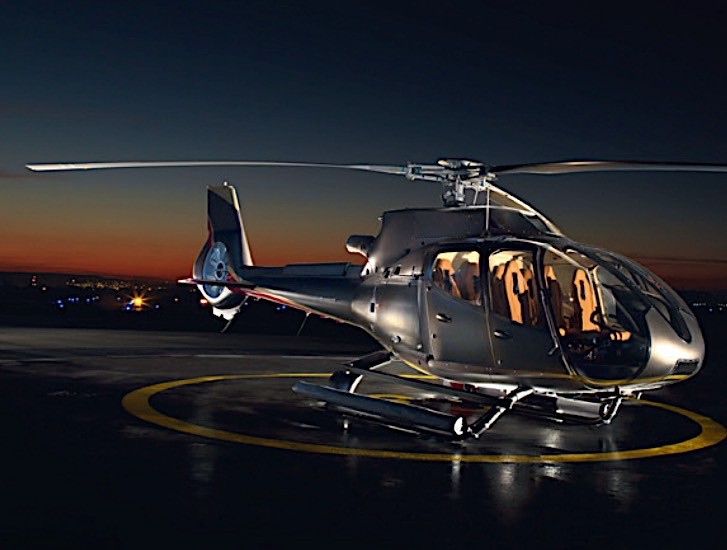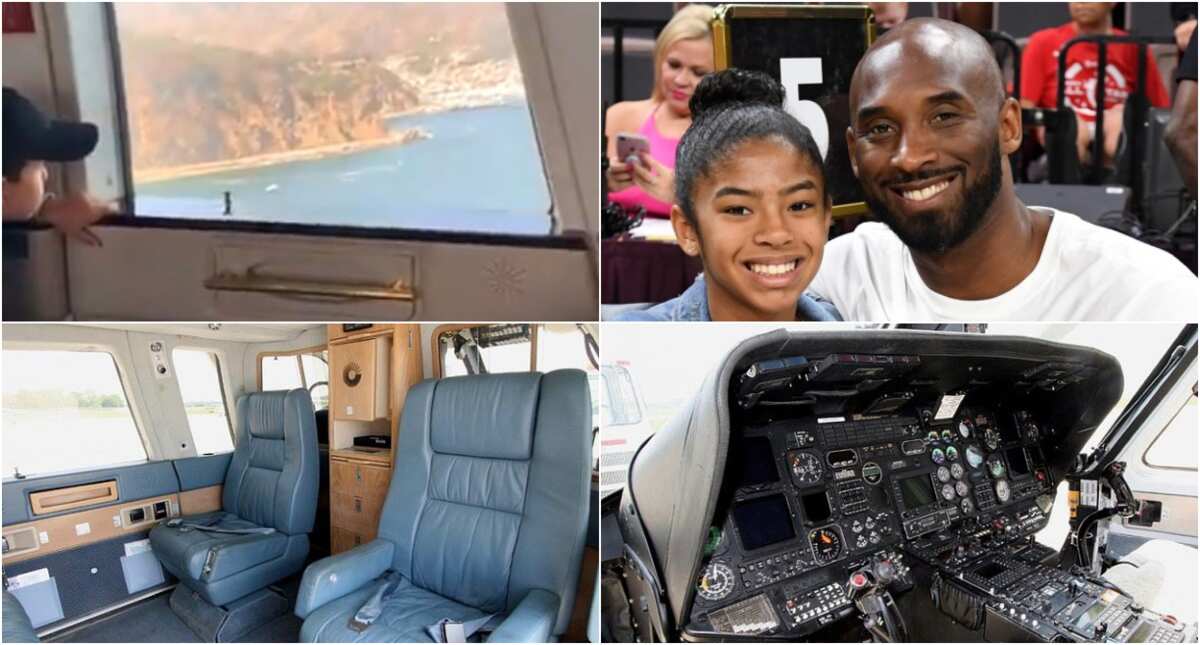

So he skipped writing down his backup plans, left critical risk factors unchecked, and hit Submit. The conditions still wouldn’t be great, and the route would take longer, but he could handle it.īut Bryant needed to get through, and Zobayan had an out. But if Zobayan stayed inland and east of downtown L.A., he could duck through a pass in the hills, cut across the San Fernando Valley, scoot over a low pass, and descend into Camarillo from the east. The direct route to Camarillo over the coast was awash in red, signifying that conditions were too crummy to fly. Zobayan showed Webb the weather map and told him that he had a plan. Per Los Angeles Lakers rules he could only fly on twin-engine helicopters, so they subcontracted his flights to Island Express. According to Patti Taylor, the operations manager at OC Helicopters, the company had a pre-existing relationship with Bryant and its own fleet of helicopters, but they were all single-engine. Ric Webb, the owner of OC Helicopters, arrived at the terminal to help with the Bryant party’s boarding.

The NTSB investigation, along with interviews, are the basis for this account of the day’s events. The aircraft was equipped for instrument flying, but according to the National Transportation Safety Board’s accident report, Island Express was only licensed to fly under visual flight rules, or VFR, meaning that the pilot had to be able to see the ground at all times. The twin-engine Sikorsky S-76B that Zobayan would fly that day is regarded as one of the safest in the world.


 0 kommentar(er)
0 kommentar(er)
